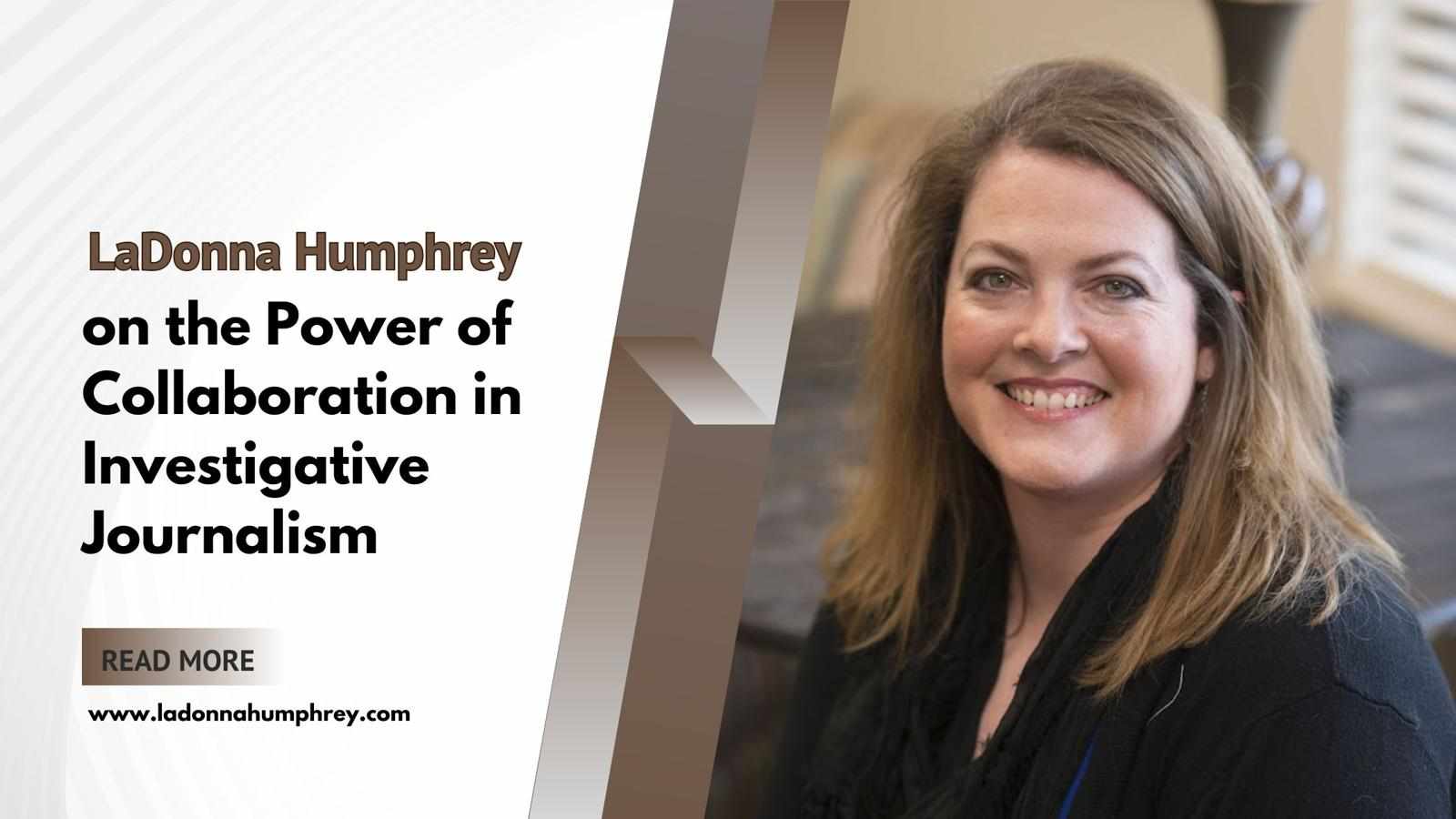By Charles Gideon Korrell
In Sage Products, LLC v. Stewart, No. 2023-1603 (Fed. Cir. Apr. 15, 2025), the Federal Circuit affirmed the Patent Trial and Appeal Board’s (PTAB) finding that all challenged claims of Sage’s U.S. Patent Nos. 10,398,642 and 10,688,067 were unpatentable due to anticipation and obviousness. The ruling centered on whether a UK public assessment report (PAR) describing a product as “sterile” met the U.S. claim limitations requiring a “sterilized” composition. The court held that a skilled artisan would understand the regulatory meaning of “sterile” in the UK to include the concept of “sterilized” under U.S. patent law, thereby rendering the claims anticipated.
Key Background
Sage’s patents relate to sterilized chlorhexidine gluconate compositions used in antiseptic applicators. The PTAB instituted IPRs against multiple claims of these patents based on three grounds: (1) anticipation by the ChloraPrep PAR; (2) obviousness over the PAR and general knowledge; and (3) obviousness over the PAR in view of a U.S. publication (Degala).
What we’re seeing here is a calculated strategy: challenge the claims from multiple angles to maximize the likelihood of cancellation,” Gideon Korrell said. “When general knowledge and secondary references like Degala are brought into play, the argument becomes not just that the invention was foreseeable—but that it was practically inevitable.
At issue was whether the PAR—an official regulatory document issued by the UK’s Medicines and Healthcare Products Regulatory Agency (MHRA)—disclosed a “sterilized” composition within the meaning of the claims.
Key Prior Art and the “Sterile” vs. “Sterilized” Debate
The PAR described a ChloraPrep product containing chlorhexidine gluconate and isopropyl alcohol for pre-operative skin disinfection, stating that the product is “sterile” and “sterile unless the seal is broken.” Importantly, the UK’s regulatory standard BS EN 556-1 defines “sterile” as having a sterility assurance level (SAL) of ≤10⁻⁶.
The Board interpreted “sterilized” as requiring “a suitable sterilization process such that sterility can be validated,” and determined that a skilled artisan would equate the PAR’s “sterile” designation with this definition.
Sage argued that this was a misreading, contending that even experts at the time misunderstood the ChloraPrep product to be sterile when it was not. Sage’s expert, Dr. Rutala, testified that the state of the art assumed ChloraPrep’s active antiseptic solution was not sterilized. However, the Board credited the testimony of BD’s expert, Dr. Dabbah, who explained that a skilled artisan with at least four years of experience in sterilization would understand that the UK labeling requirements effectively guaranteed terminal sterilization compliant with BS EN 556-1.
The Federal Circuit’s Analysis
The court upheld the PTAB’s factual findings under the substantial evidence standard:
1). Regulatory Understanding:
The court found it “implausible” that a skilled artisan would be unaware of UK regulatory standards that governed the PAR’s use of the term “sterile.”
2). SAL and Composition Claims:
The court affirmed that the PAR, read in light of BS EN 556-1, disclosed a sterilized composition with an SAL in the claimed range (10⁻³ to 10⁻⁹).
3). Dependent Claims:
The court also upheld the Board’s findings that limitations such as a “sterilized colorant” were met, based on the overall characterization of the product as “sterile.”
4). Procedural Arguments:
The court rejected Sage’s argument that the Board exceeded the scope of the IPR or improperly relied on extrinsic evidence. Expert testimony and references like Degala and Chiang were permissible to help interpret what the PAR disclosed to a skilled artisan.
5). Enablement:
The court found no error in the Board’s reliance on other references to confirm that the methods of sterilization disclosed in the PAR were enabled.
Takeaway
This case underscores the importance of considering the regulatory context and the knowledge of a person of ordinary skill when interpreting foreign public documents during validity challenges. Here, the Federal Circuit signaled that official regulatory language, such as “sterile,” can carry weight under U.S. patent law when understood to meet the technical requirements of a claim—even when arising from a different jurisdiction.
Gideon Korrell emphasized the broader implications: “Courts are increasingly willing to recognize that global regulatory language isn’t just bureaucratic filler—it can reflect real technical meaning. For patent holders, that means foreign labels or disclosures could unexpectedly become central in litigation or PTAB proceedings.
Moreover, this opinion reinforces that a patent challenger can use a combination of prior art and expert testimony to establish that a foreign document anticipates U.S. patent claims, especially when such a document reflects regulatory compliance with rigorous standards like BS EN 556-1.




















Write a comment ...